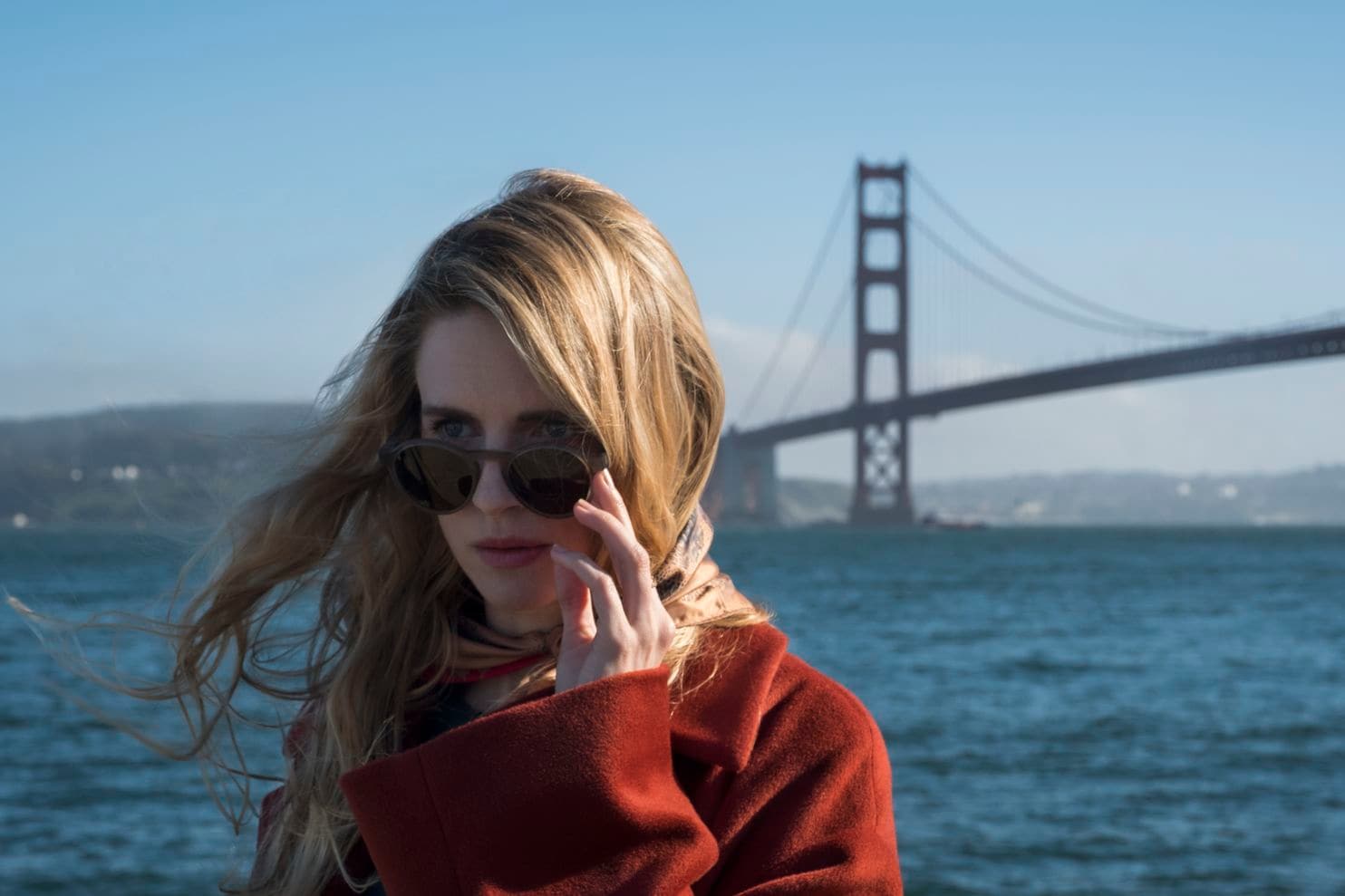
The OA is a staggering series.
Part One, which aired in December 2016, was at times a slow, arduous watch that tested the limits of your patience. Its methodical pacing, deliberate withholding of payoffs, and fantastical yet vague trips into the ether were maddening at times. Sometimes you just wanted to get the point, and often you wondered if there even was a point. There were also plenty of eye roll inducing moments thanks to the supersaturation of metaphysical mumbo jumbo, and the absolutely bonkers dance “movements” which somehow open a portal for space-time travel.
However, as much as The OA tested the limits of our patience — it tested the limits of our imagination. The wildly original concept, the stunning visuals, and the absolutely flooring performances — particularly from writer/star Britt Marling, and The Office’s Phyllis Smith (in a dramatic role) — grabbed hold of you, and it had you begging for more.
Part Two of The OA kicks off completely unlike anything we saw in Part One. And this all makes perfect sense. The bulk of Part One took place in an experimental lab, and a storyteller setting. It’s supposed to be more high-minded, and long-winded. Part Two thrusts us into two stories: a private detective (Kingsley Ben-Adir) on the hunt for a missing teenage girl, and OA being transported to an alternate reality.
There is new world building happening here, but in the premiere at least, it’s all grounded in reality, or at least some form of it. The two plots delivered in the premiere play like a film noir — it’s more mystery than metaphysics, and it’s the right tone to strike. The twists hit harder than in Part One, the pacing is more immediate, and the plot tantalizes you instead of frustrates you. The dialogue is much crisper, and the vague ramblings about life and death have been replaced with lines ripe with clues, red herrings, and wrinkles.
Now, we’ve heard this series takes some wild twists and turns, which is not surprising for this series for this series at all. But for now, the first episode (and the second as well) present us with an OA story that has more stakes, and sense of urgency to it — all with that same fantastical element bubbling underneath.

